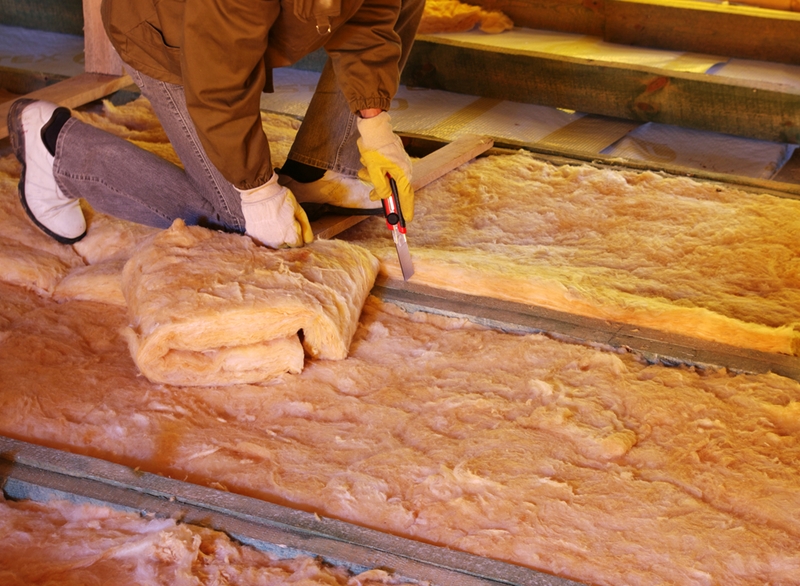DIY info: 3 tips for a green renovation
Archive
Not every renovation is completed with the aim of making our homes more sustainable or eco-friendly. Quite often they're for practical purposes, such as adding more space or modernising your floor plan instead of moving house. But that doesn't mean you can't green up your home at the same time. Here are three ways you can make your home more energy-efficient when undertaking your next large-scale renovation.
1. Insulate as you go
If you're glossing up your old-fashioned walls with some new gib and DIY painting, you can take the opportunity to insulate your walls. Upgrading the insulation in your ceiling cavity and under the floor can be fairly simple, but getting into the walls isn't something you do every day. If you do tackle a job that requires taking off cladding or gib, it's the perfect time.
 Ceilings can be done whenever you need, but insulating walls and floors could take more work.
Ceilings can be done whenever you need, but insulating walls and floors could take more work.Not only is it efficient, but it can save you a lot of money in the long run on power bills, as well as keeping your family healthier and more comfortable. According to the Department of Industry and Science (DIS), you could be losing between 15 and 25 per cent of your home's warmth in winter.
2. Stop it
Air flow is important. Sufficient breezes through the home give you fresh air when you need it, but when you shut the doors and windows, the draught should stay out. Around 25 per cent of your heat loss could be attributed to air infiltration according to the DIS.
There are plenty of places in the home that could use addressing, and you don't even need to be completing major renovations to get started. A study by the Department of the Environment, Water, Heritage and the Arts notes that there are several areas of Australian homes that could easily be seen to, including seals around doors and windows, extractor fans, skylights and plumbing.
Get up on a Kennards Hire ladder and (safely) check around your soffits for gaps near any of these fixtures. There is one area that can require a lot of work in older homes - replacing an open fireplace. A fitted unit or vent can stop cold air from blowing into the home when the wind speeds rise.
3. Glazing over
If you're after a more effective solution than simply sealing the edges of existing windows, you might consider replacing them with a double-glazed option. The DIS notes that not only can you lose up to 40 per cent of your home's heating through window glazing, but you can bring in 87 per cent more heat in summer as well.
There are also ways to passively improve your use of glass in the house. For example, north-facing windows will help you keep the house toasty (although you'll want shade for summer), while large, south-facing windows will quickly diminish your house's warmth in winter.
